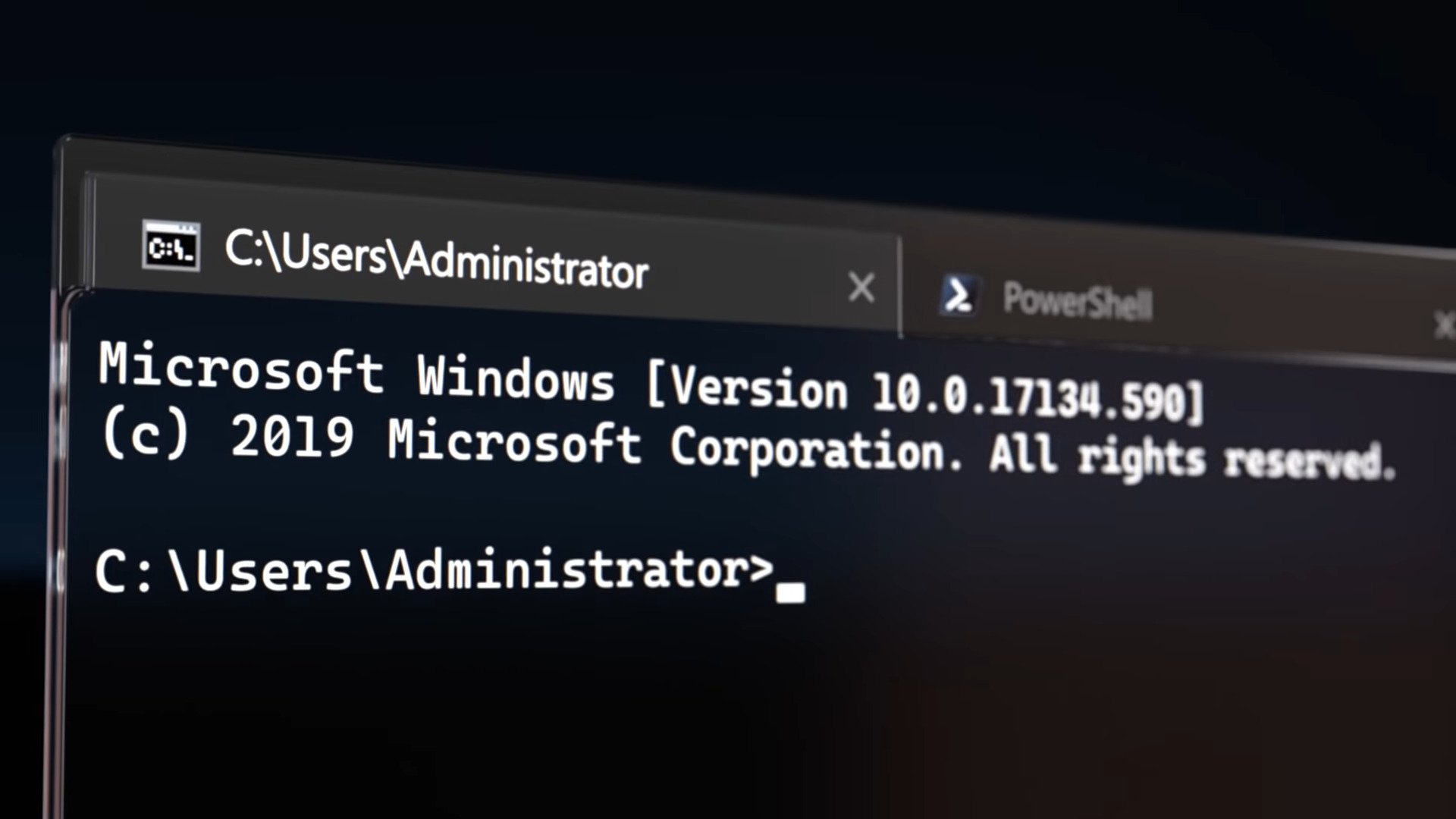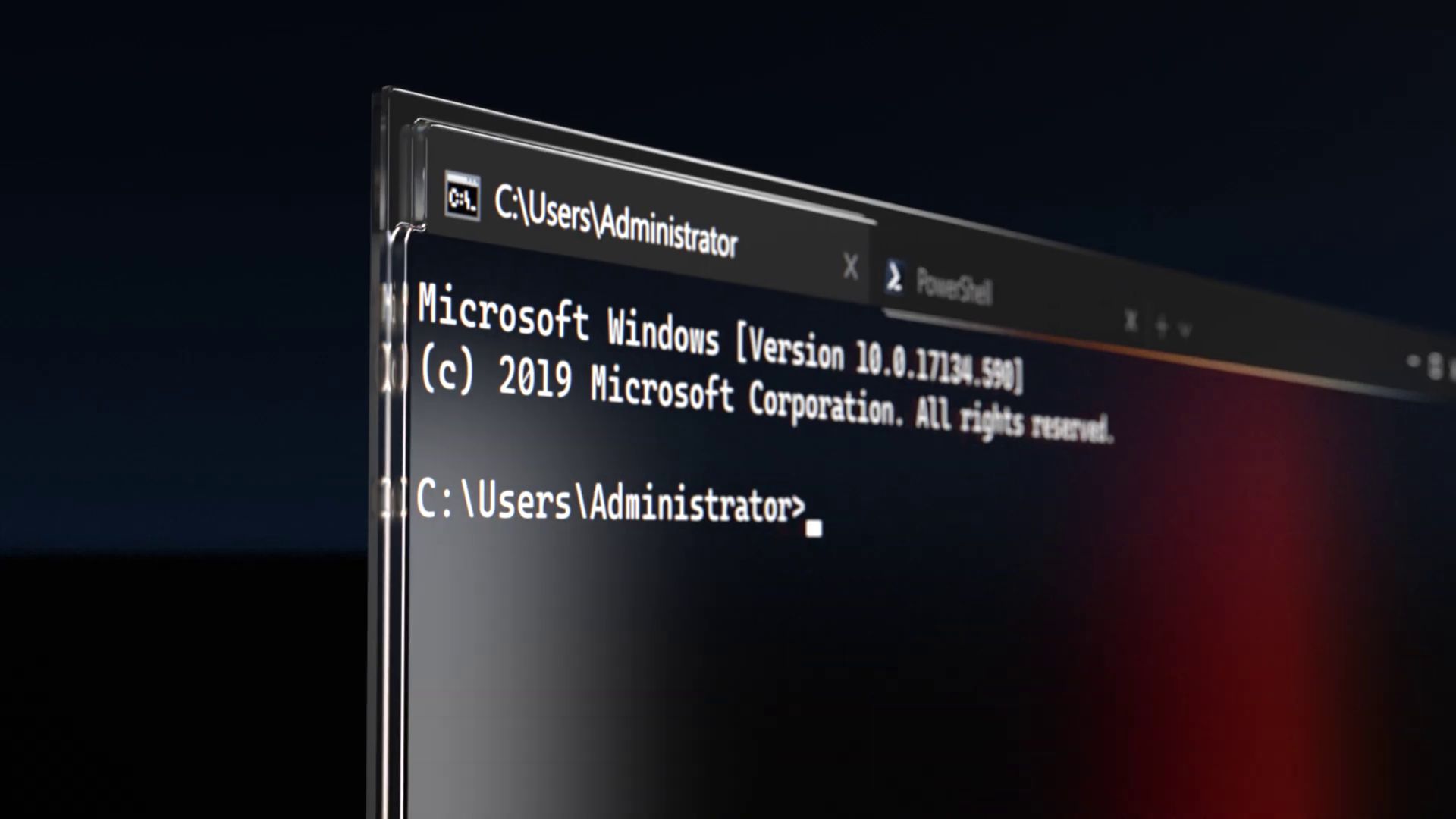

Some are just nice to have while others can really make your work a lot easier. The new Windows Terminal comes with a lot of new cool features. In this article, I will guide you through updating your Windows Terminal beta release to the latest stable version, explain the different install options, give you some tips, and of course we are going to take a look at the customization options. Besides that the new terminal just looks nice, the ability to use tabs, split-screen and customizing makes it really awesome. Now, a year later, the first stable version is out: Windows Terminal 1.0Įver since the beta release I have been using the Windows 10 Terminal almost daily for all kinds of tasks, like PowerShell, SSH connections, Azure Cloud, etc. Back in 2019 it’s was still a beta release, but I already loved it. You can also learn how to add custom SSH session options to the drop-down menu by following the instructions in this post.A year ago I have written about the new Terminal for Windows 10.

If you have also setup Windows Subsystem for Linux (see this post to learn how), then there will be an option in the drop down menu to launch a shell into your chosen Linux distro. By default, Windows Terminal currently has built in support for Windows PowerShell, cmd, and Azure CloudShell. You should now be able to click the Launch button to take Windows Terminal for its first test run. You should find the Windows Terminal (Preview) app at the top of the results click on it to be taken to the appropriate store page.Ĭlick the blue Get button followed by the Install button. Note: you will need to be running Windows 10 version 18362.0 (1903) or higher to install this.įirst, open the Microsoft Store app and search for terminal.

Let’s quickly run through how to get it setup and configured. The current release is still in Preview but is quite stable. Windows Terminal is a new terminal emulator developed by Microsoft for Windows 10.


 0 kommentar(er)
0 kommentar(er)
